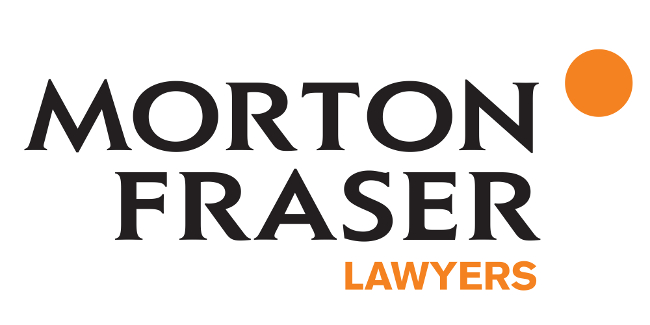Nicola Edgar: Hold your horses!

Nicola Edgar
Nicola Edgar sets out a person’s rights if they have an accident involving an animal or if their property is damaged by an animal, and whether it is likely that they will be entitled to claim for their loss.
Strict Liability
Most cases are brought under the Animals (Scotland) Act 1987 which provides that strict liability will apply. This means that the defender will require to pay compensation without the pursuer having to prove negligence.
Who is liable?
The claim should be made against the keeper of the animal. This is either the owner or person in possession of the animal or, where the animal is owned by a child under 16, the person who has care or control of that child. If an animal escapes or is abandoned, ownership or possession continues until someone else becomes the new owner.
Stray Animals
Under the act, the mere fact that an animal is present on a road or in another place does not give rise to strict liability. The court has previously held that whilst there is a duty on an owner or occupier of a field adjoining a highway to ensure horses or other animals do not cause damage, there is no duty to put up fences on land which is not normally fenced, or to be responsible for unauthorised people opening gates and allowing animals to escape.
Man’s best friend?
Dogs are deemed to be dangerous animals under the act. Therefore, if you are bitten by a dog, the keeper will be liable regardless of whether it was the first time the dog had bitten anyone or had previously displayed violent tendencies. In a recent case, a dog walker was unsuccessful in recovering compensation from another dog walker, the owner of a Labrador who knocked her over, injuring her knee. Both dog walkers had been walking with their dogs off the lead when the Labrador ran at the claimant. No biting was involved. The court held in the circumstances that strict liability did not apply and clarified that strict liability would only apply to cases involving “biting, savaging, attacking or harrying”. If the injury is caused in another way, the owner is only liable if the breed of dog is likely to be deemed dangerous, which a Labrador was not. Therefore, to be successful in a claim after falling or being knocked over by a dog, you would need to prove that the dog was likely to be dangerous and the owner had been negligent.
Sharing the blame
While liability is strict, the court may make a deduction to any compensation awarded to take account of contributory negligence. In one case, a pursuer had her award reduced by 85 per cent to take account of the fact that she put her face close to dog whilst pulling the hairs on his face.
Possible defence
There are exceptions to strict liability:
- If the injury was the fault of the injured person;
- f the injured person knew of and accepted the risk; or
- f the injury happened on land where the person was not entitled to be.
An example of an injured person knowing and accepting the risk would be if someone trespassed onto land where they knew there was a guard dog and was subsequently bitten. In order to be successful in this defence, it is necessary to show that the injured person fully appreciated the risk and still exposed themselves to it.
There are a number of examples of horse riding cases where this defence has been put forward successfully. The outcome of the case depends upon whether the horse rider - who was injured when being thrown from the horse - knew the horse was likely to buck.
Who will pay for the claim?
From a claimant’s perspective, a practical consideration is whether the defender can pay any compensation which may be awarded. If the keeper has insurance, this will cover the cost. However, insurance for owners of animals is not compulsory.
An alternative route to recover compensation is through the Criminal Injuries Compensation Authority (CICA). However, to be successful in a claim to the CICA, it is necessary to prove the injury resulted from criminal violence. This means it must be possible to show, for example, that the dog was deliberately set upon the claimant with the intention of causing severe injury.
Summary
There are various considerations to take into account when considering the basis of making a claim, including the circumstances of the incident, the type of animal, whether the injured party was at fault, who the owner is and, perhaps most importantly, whether they have the means to pay damages.

Nicola Edgar is an associate at Morton Fraser








